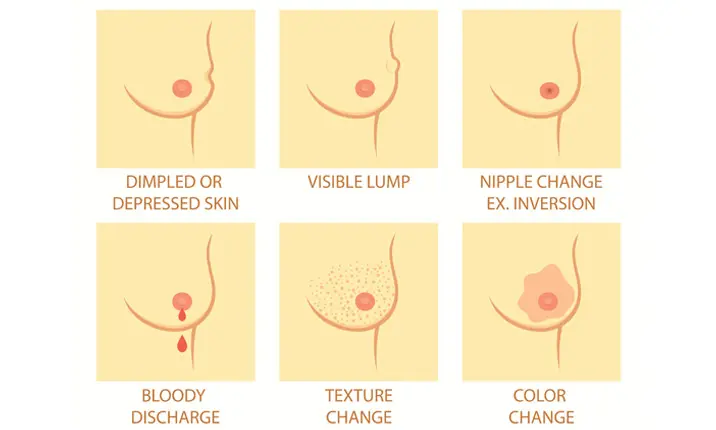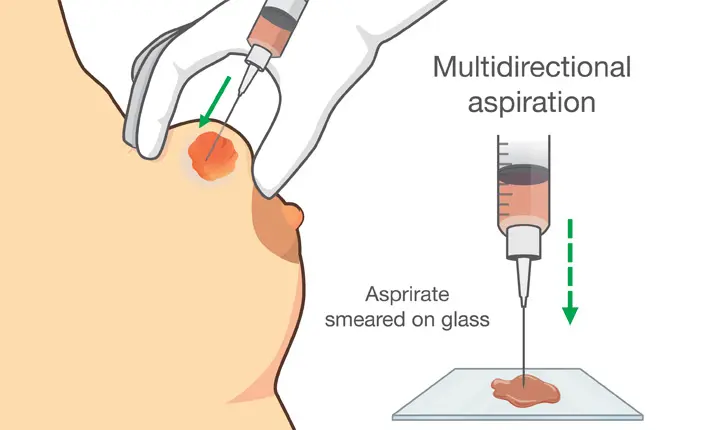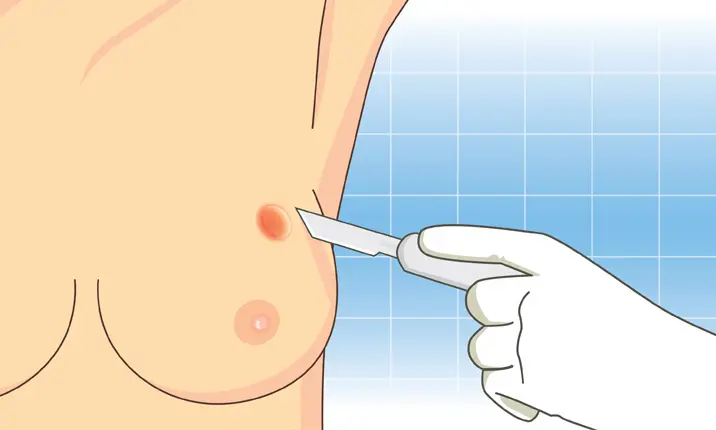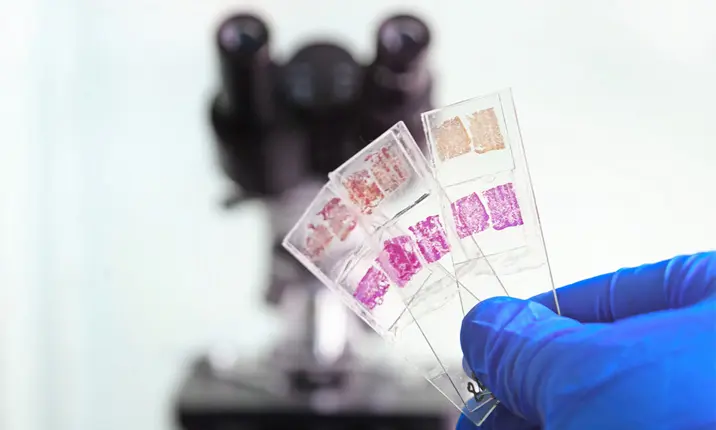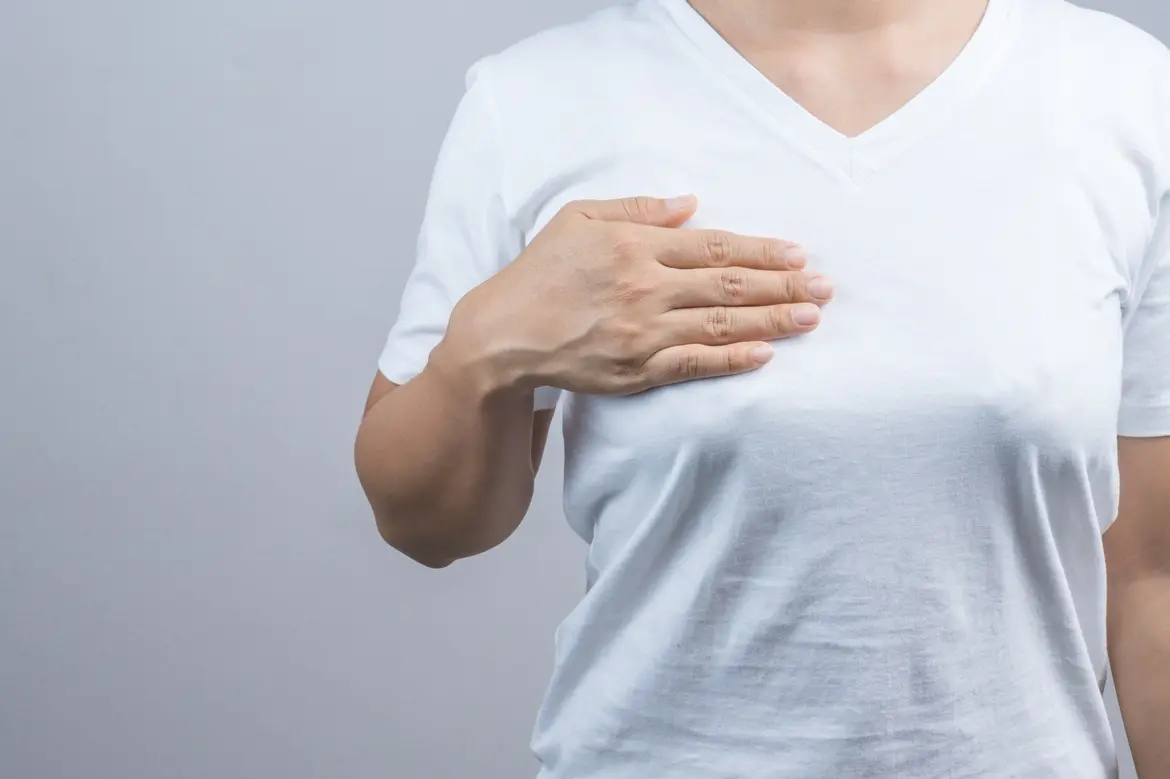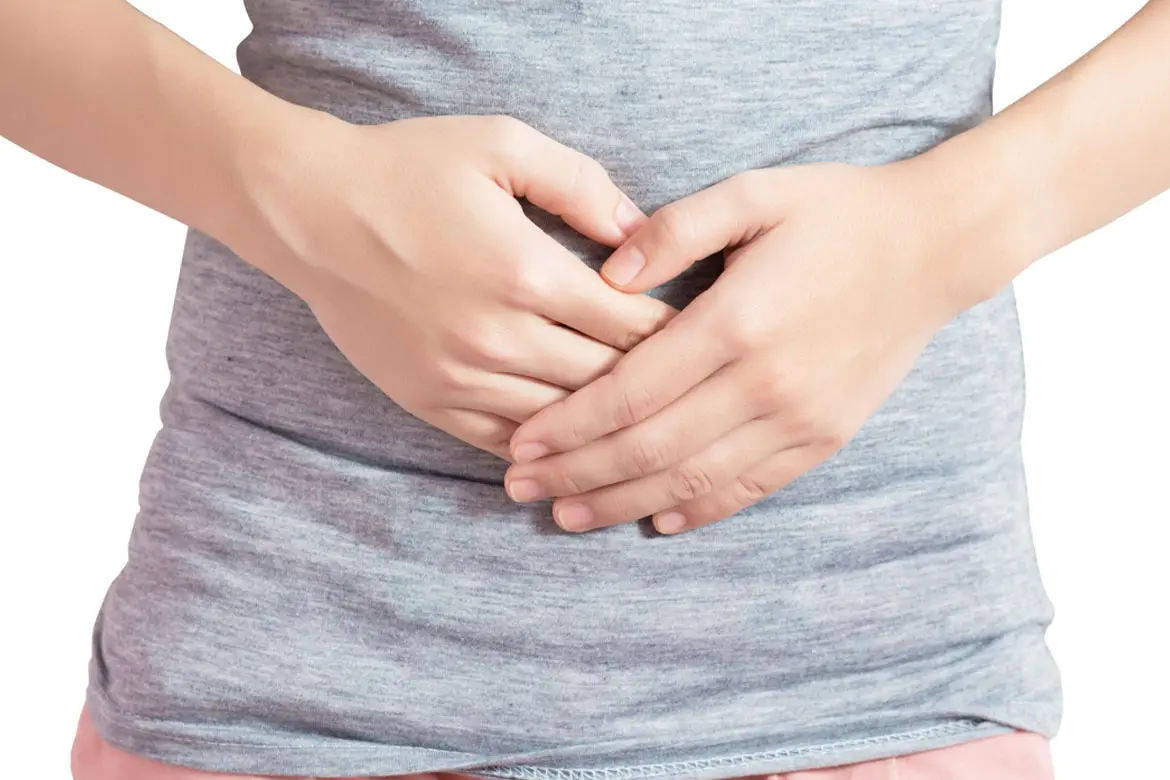What is a breast biopsy?
A biopsy is a procedure where sample tissue from the target site is removed from your body for examination. When it comes to a breast biopsy, tissue from suspicious lumps in the breast will be removed to find out the root cause of it, and if the lump is benign or cancerous.
Why is my doctor recommending a breast biopsy?
Advanced screenings like mammograms and breast ultrasounds are useful ways to find breast lumps, but only a breast biopsy can confirm whether the growth is cancerous or not.
If you have any of the following symptoms, you should see a doctor who will be able to advise you on the most suitable type of breast screening:
- Bloody discharge from the nipple
- Breast pain
- Changes in contour or colour of the breast skin or nipple
- Lump in the breast
Preparing for a breast biopsy
As with any surgery, inform your doctor of any allergies you may have and divulge all recent illnesses or medical conditions.
Your doctor will likely provide you with a wound dressing and/or ice pack to reduce the bruising and swelling in your breast as you leave the hospital.
You may be put under anaesthesia. If so, it will not be safe for you to drive when you wake up, so have a relative or friend pick you up after the surgery.
Types of breast biopsy procedures
Breast biopsies are usually done on an outpatient basis where you can return home after the procedure is completed.
There are several different kinds of breast biopsy procedures. Your doctor will recommend the procedure that best suits the size, location and other characteristics of the breast abnormality.
Types of breast biopsy include:
Fine-needle aspiration biopsy
- The simplest type of breast biopsy where your doctor will insert a very thin needle attached to a syringe into the lump. This is used to examine lumps that can be felt during a clinical breast exam.
- This procedure can be done under local anaesthetic.
- This is a fast way to tell the difference between a fluid-filled cyst and a solid mass. The latter requires a tissue sample to be collected.
Core needle biopsy
- Your doctor will use a larger, hollow needle to extract several small tissue samples from the lump (a few mm in size).
- A small incision will be made for the needle to enter the breast. This process is usually aided by an ultrasound to locate the lump.
Vacuum assisted needle biopsy
- This is an improved form of core needle biopsy.
- It allows larger samples to be removed and in some cases, small lumps can be completely excised. This improves the accuracy of the biopsy.
- This procedure is versatile and can be used for both calcifications and breast lumps.
- Just like core needle biopsy, it can be done under ultrasound guidance.
- In some cases, localisation and visualisation of the lump or calcifications are better done using mammogram or MRI to guide the biopsy.
Surgical biopsy
- This procedure is the most intense and invasive. You will be put under general anaesthesia, which means that you won't be awake for the surgery.
- This is usually done when the mass is highly suspicious of cancer. A metal marker may be left in the breast in case there is a need for further removal of breast tissue if the mass turns out to be a cancerous tumour.
Risks of breast biopsies
Breast biopsies are regarded as low-risk day surgeries, but as it is invasive, one can expect mild discomfort, bruising and swelling around the incision area. Post-surgical infection is a rare complication which can be minimised if you follow your doctor's instructions.
Post-surgery recovery
You may feel soreness at the site of the biopsy for a few days. Aftercare instructions vary. Generally, the bandage may be removed one day after the procedure, and you may shower and dress yourself normally.
Breast biopsy results
The collected breast tissue will be sent for analysis in a laboratory. A pathologist will examine the biopsy tissue under a microscope and will provide your doctor with an analysis report. This process usually takes a few days. Ask your doctor how you will receive your results as the process varies from clinic to clinic.
A benign result usually means that you don't have much to worry about, and the lump may go away on its own. If cancer is detected, the biopsy findings will also show what type of cancer it is. Your doctor will then use all the information from the biopsy to assist you with a treatment plan.
If you have signs and symptoms that worry you, start by speaking to your doctor.


